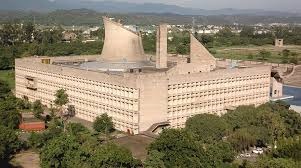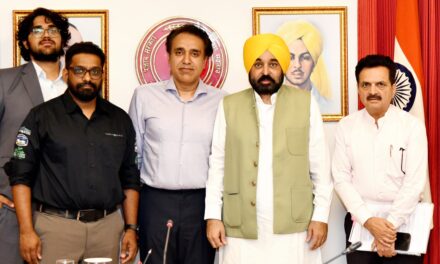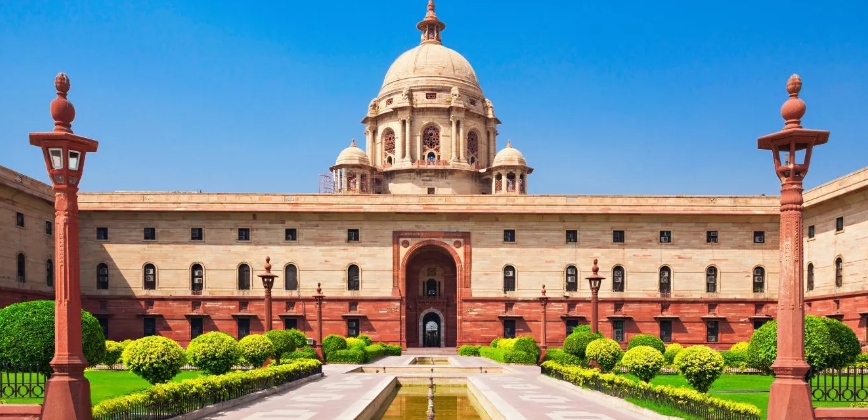Rashtrapati Bhavan’s famed ‘Durbar Hall’ and ‘Ashok Hall’, which serve as venues for various ceremonial ceremonies, were renamed ‘Ganatantra Mandap’ and ‘Ashok Mandap’ on Thursday.
Last year, the historic Mughal Gardens on the Rashtrapati Bhavan grounds were renamed ‘Amrit Udyan’.
“Rashtrapati Bhavan, the office and residence of the President of India, is a national symbol and an invaluable cultural legacy. There are ongoing initiatives to make it more accessible to individuals. According to a statement made by the President’s Secretariat, there has been a persistent effort to make the Rashtrapati Bhavan’s atmosphere reflect Indian cultural values and ethos.
President Droupadi Murmu is happy to rename two significant halls of Rashtrapati Bhavan — ‘Durbar Hall’ and ‘Ashok Hall’ — as ‘Ganatantra Mandap’ and ‘Ashok Mandap’, respectively, according to the statement.
“Renaming ‘Ashok Hall’ as ‘Ashok Mandap’ brings uniformity in language and removes traces of anglicisation while upholding the key values associated with the word ‘Ashok’,” stated the statement made on Murmu’s two-year presidency anniversary.
The ‘Durbar Hall’, located under Rashtrapati Bhavan’s central dome, hosts key ceremonies and celebrations such as the awarding of national awards.
The name ‘Durbar’ refers to the courts and assemblies of Indian kings as well as the British. ‘Ganatantra’ lost its relevance once India became a republic. The notion of ‘Ganatantra’ has been firmly ingrained in Indian society since ancient times, thus ‘Ganatantra Mandap’ is a suitable name for the venue,” the statement stated.
The avenue features busts of former Indian presidents created by renowned artists from throughout the country. Six huge banners in deep crimson with India’s national emblem in gold adorn the hall.
A fifth-century AD statue of Lord Buddha on a crimson velvet background stands against the wall. The president’s chair has been put in front of this statue. Previously, two thrones for the viceroy and vicereine were placed at this place.
The president’s office stated that the renamed ‘Ashok Hall’ was formerly a ballroom.
“The word ‘Ashok’ connotes someone who is ‘free from all sufferings’ or is ‘bereft of any sorrow’,” according to the statement.
In addition, ‘Ashoka’ refers to Emperor Ashok, who represents unification and peaceful coexistence.
“The Lion Capital of Ashok from Sarnath serves as the Republic of India’s national emblem. The term also alludes to the Ashok tree, which holds great significance in Indian religious traditions, as well as arts and culture,” it said.
The hall is utilized for the presentation of credentials by foreign mission heads, as well as a formal introduction for visiting and Indian delegations prior to the start of the president’s official banquets.
The floor is hardwood and has springs beneath it, but the ceilings are covered with oil paintings.
The hall, illuminated by six Belgium glass chandeliers, is a stunning sight for tourists.
In addition, a loft was erected in the state ballroom to accommodate the orchestra.
However, the Rashtrapati Bhavan reports that it is being utilized to play the national anthem at major ceremonies.
The hallway is adorned with remarkable artwork. These include a long case clock built in England and marked British Clock Enfield by Cooke & Kelvey Limited, Calcutta.
The Persian-style carpet, measuring 32 metres by 20 metres, was custom-designed for the hall to reflect its majesty. According to the official description, the carpets employed five hundred weavers during a two-year period.




